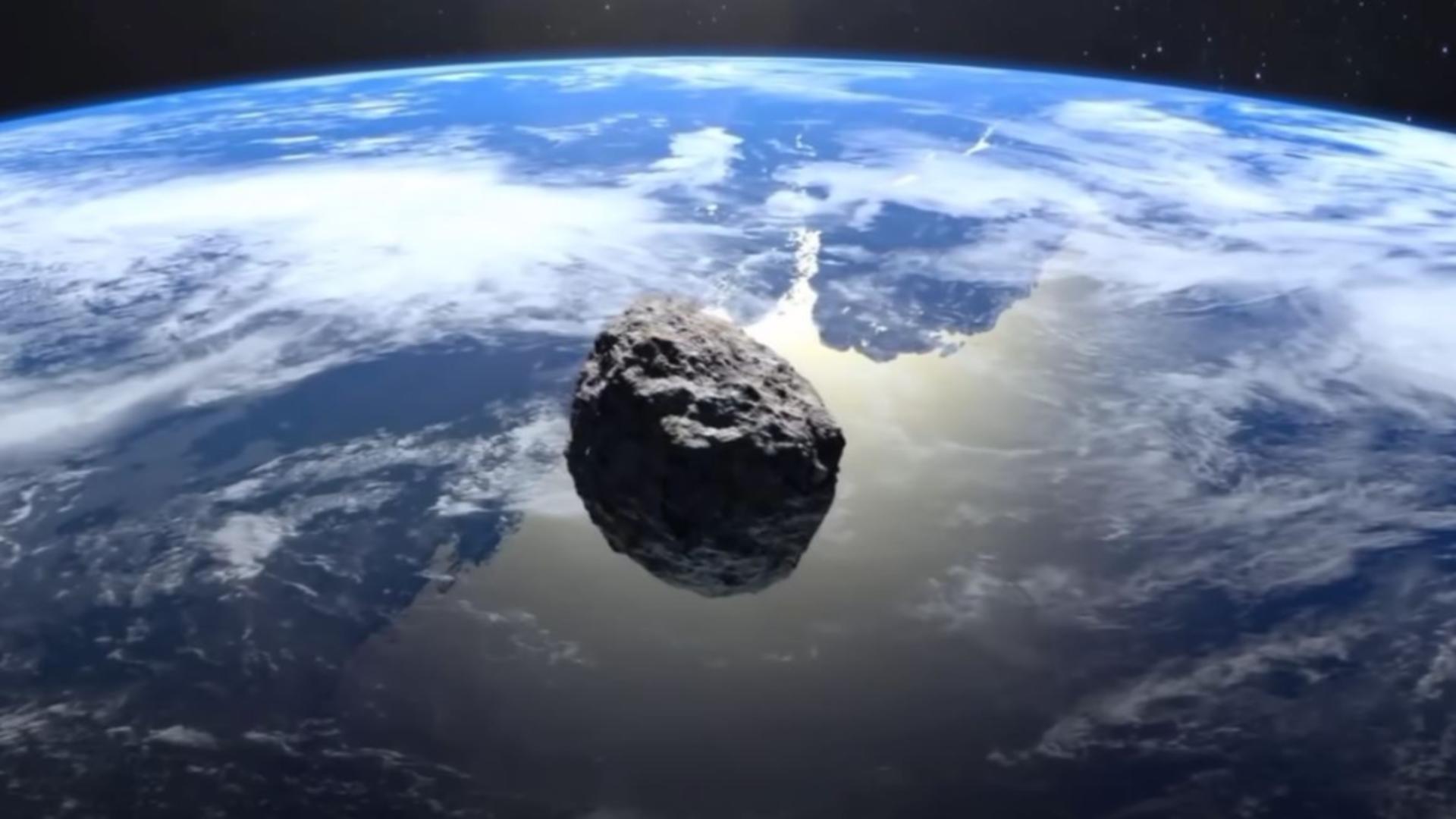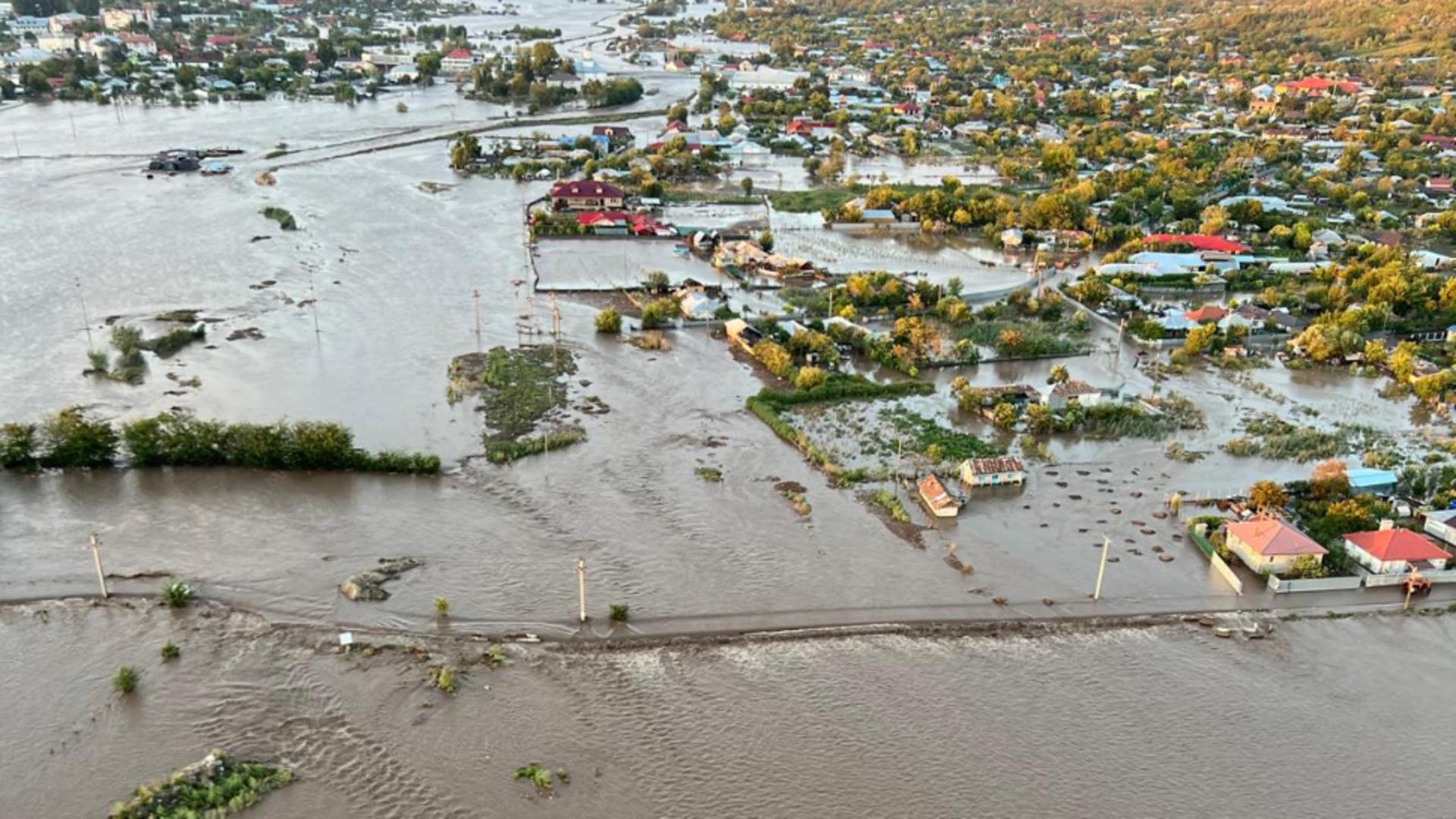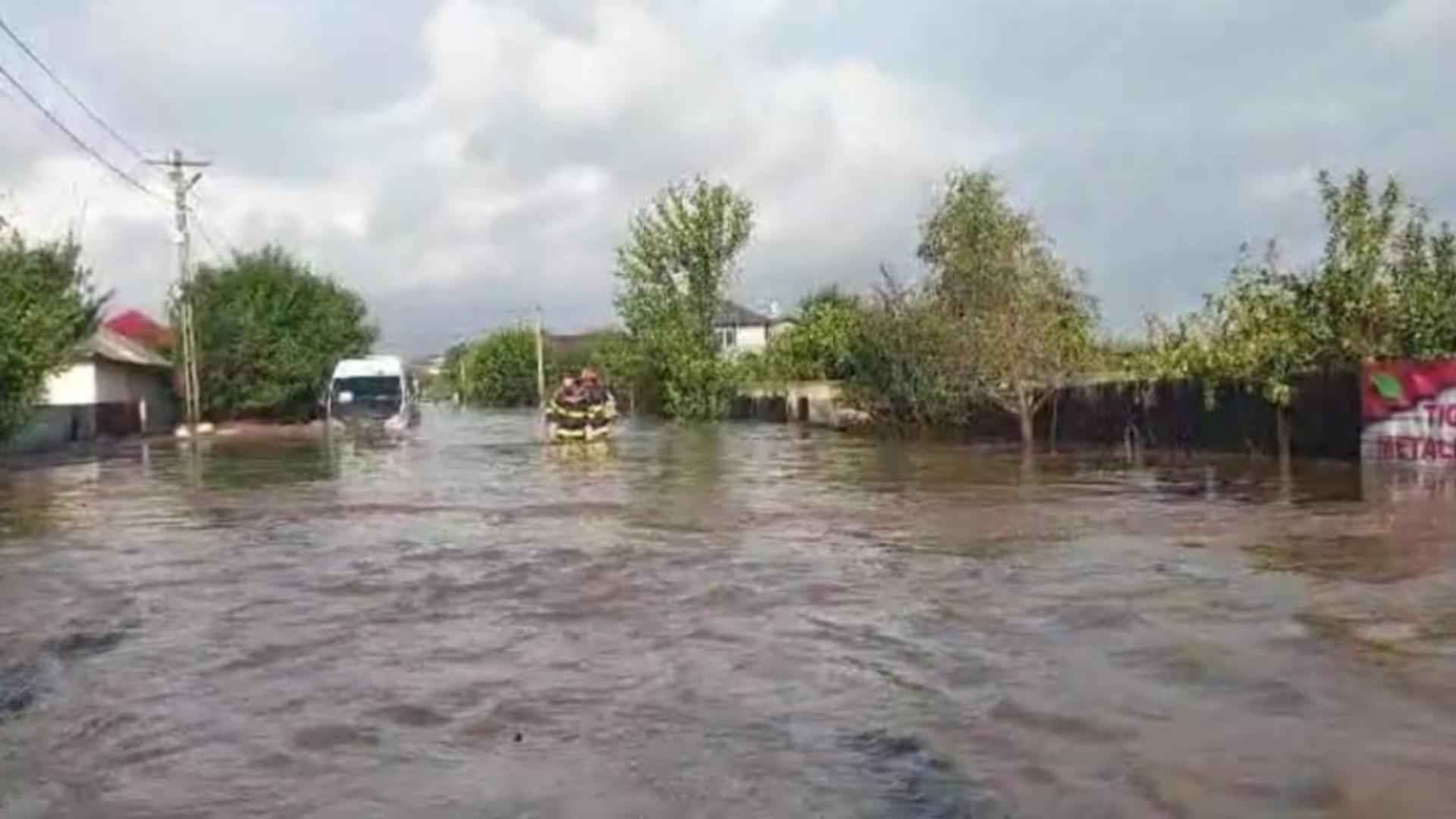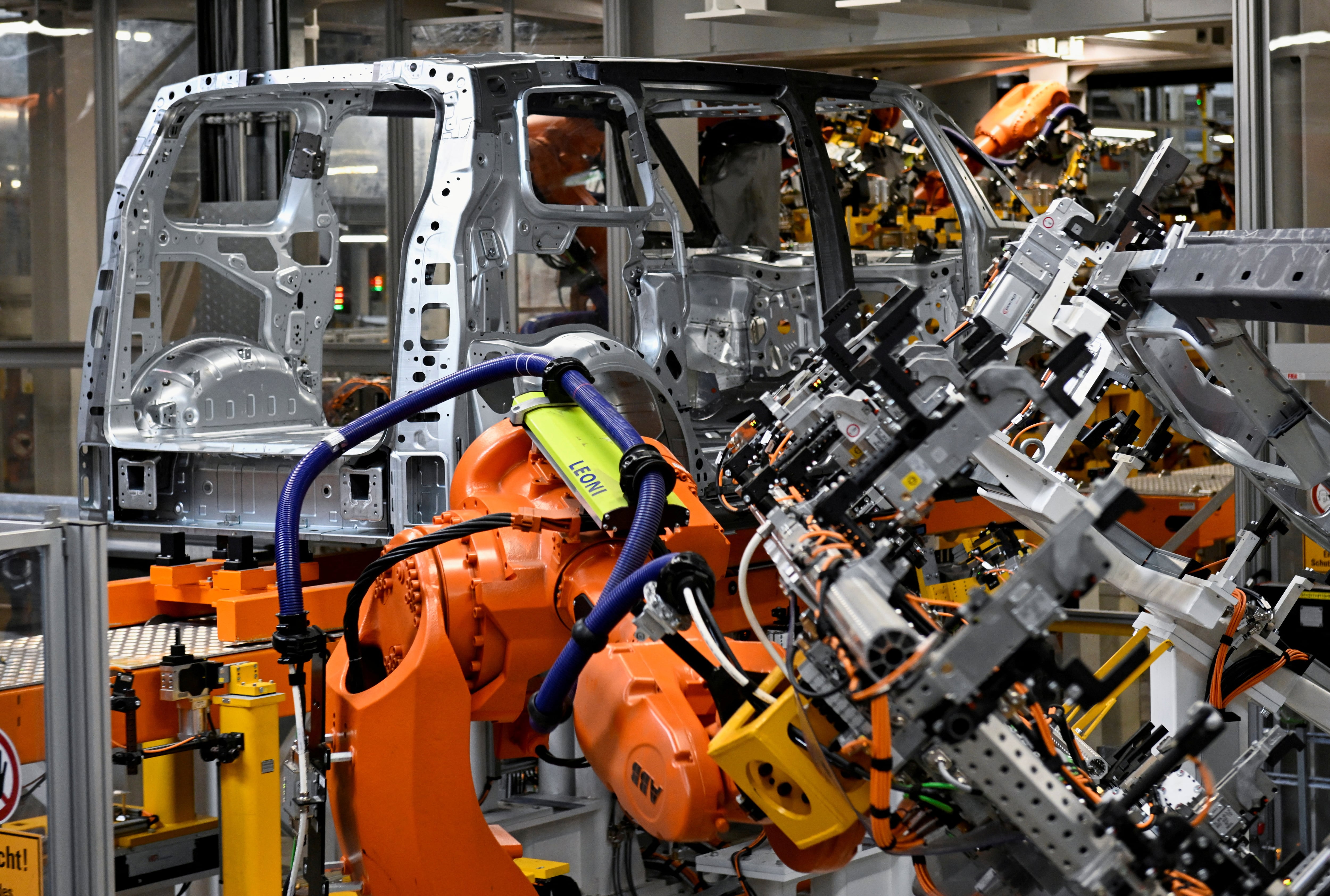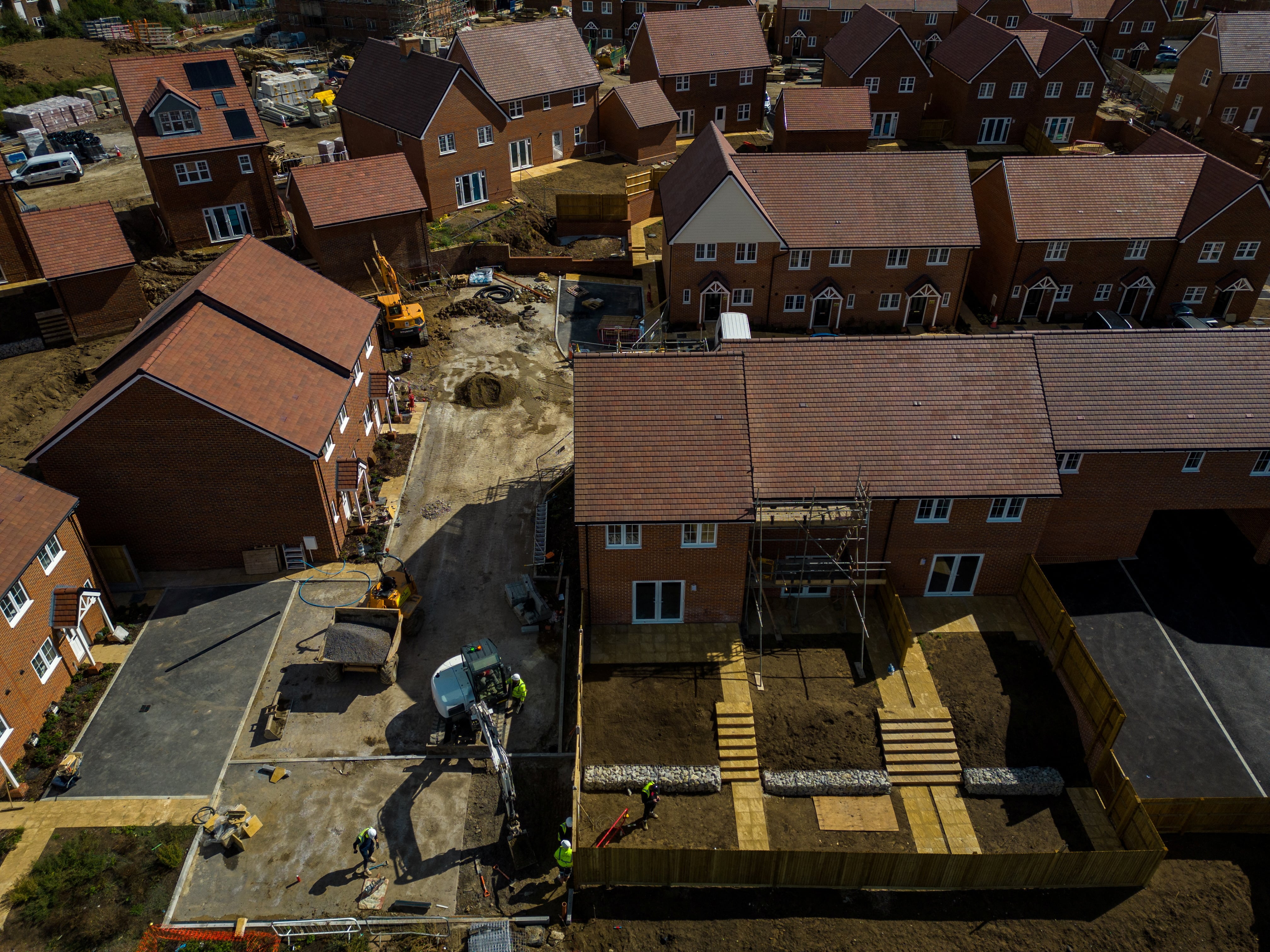A plan to bury contaminated sand and debris dredged up from main navigational channels in Newport Harbor in a pit at the harbor’s floor appears to be off the table, with the material instead to be repurposed by the Port of Long Beach.
The Army Corps of Engineers is set to clear an estimated 1.2 million cubic yards from the harbor’s central channel and channels near its entry. Of that, about 10% of the material removed can’t be dumped into the open ocean under federal law because it contains elevated levels of mercury and industrial chemicals such as DDT.
A confined aquatic disposal facility dug into the harbor’s floor was proposed for the dredge material that needed a place to go, with blessings from the California Coastal Commission to bury the sediment in the pit with a clean layer of sand over top.
Progress on that plan stalled last year when the Army Corps of Engineers suspended permits for the burial site following legal challenges by Orange County Coastkeeper questioning the study of the plan and if the covering layer would be thick enough to protect the water and surrounding wildlife from the potential escape of toxins if the sand were knocked loose by boat anchors.
A proposed agreement between the Army Corps of Engineers and the Port of Long Beach revealed in a new planning document indicates the contaminated sediment can be repurposed at a port pier project.
Last year, Coastkeeper and another group, the Friends of Newport Harbor, agreed to put their legal action on hold after the federal agency committed to doing more studies. In April, Coastkeeper came to a settlement agreement with the federal agency. The litigation by the Friends of Newport Harbor is still pending.
Coastkeeper officials, this week, announced success in fending off the burial plan after receiving a 153-page modified biological evaluation from the Army Corps of Engineers and an accompanying Fish and Wildlife Service letter. The agencies must share updates with them as part of their settlement agreement.
In the biological update, the Army Corps of Engineers said the dredged debris would be used at the Port of Long Beach at the Pier G Slip Fill Site.
Port of Long Beach officials have proposed the pier project to “create fast land in the middle of the port complex.” The area is currently a commercial facility for the berthing and unloading of container ships within the port, according to the report from the Army Corps of Engineers.
“It’s a better project that they repurposed this,” said Matt Sylvester, spokesperson for Coastkeeper. “Ultimately, our goal was to be more environmentally sound. This is a great outcome. We’re seeing an even better idea than what we could have thought of.”
Newport Beach city officials said Wednesday that the new plan “presents a promising opportunity,” but their idea for the storage facility under the harbor will not be dropped until the Army Corps signs its agreement with the port. Planning for the confined aquatic disposal facility has been in the works for five years and cost the city more than $2 million.
Related links
Legal challenges loom as plans to dredge Newport Harbor, bury contaminated sediment inch forward
A plan to bury contaminated soil in a pit under Newport Harbor is on hold
Newport Harbor is first public agency in nation to add an all-electric boat to fleet
Mooring holders in Newport Harbor will keep rates for their lifetimes; new licenses will cost more
Mooring holders in Newport Harbor will keep rates for their lifetimes; new licenses will cost more
“The port recently agreed to consider accepting the sediment within a confined disposal facility at Pier G – an option that was not available as the city and U.S. Army Corps of Engineers were developing the harbor dredging project,” said John Pope, the city’s spokesperson, adding that dredging, per the new plan, would be handled by the Army Corps of Engineers and done between March and September 2025.
If the city went through with the underwater storage site, which Pope said is approved by the Environmental Protection Agency and was praised by the Coastal Commission, it could also have accommodated dredged material pulled from some of the harbor channels maintained by the city and from some that are private.
Army Corps of Engineer officials said Thursday they could not discuss any specifics or a timeline because of pending litigation with Friends of Newport Harbor, but spokesperson Stephen Baack said, “The Corps is continuing to work diligently to complete its environmental review under the National Environmental Policy Act and other applicable environmental laws.”
According to the plans in the Army Corps of Engineers document completed this month, including input from National Marine Fisheries and the National Oceanic and Atmospheric Administration, the dredging project would take about 100 weeks. Work would be done with a clamshell dredge six days a week, from 7 a.m. to 6:30 p.m. on weekdays and from 8 a.m. to 6 p.m. on Saturdays.
A biologist would also monitor the area for impacts on marine mammals, sea turtles and shorebirds, according to the latest plan document. Visual monitoring would start 15 minutes before any on-water work and anytime after a break of more than 30 minutes.
All in-water project activities would be stopped if a sea turtle was observed within the monitoring zone. Work would not continue until the turtle was either observed leaving the area or at least 15 minutes had passed since it was sighted.
The federal government manages the Newport Harbor and occasionally scours the basin of excess sand and debris from navigational channels where about 9,000 vessels transit and could run aground if the channel is not deep enough.
The harbor was last dredged in 2011. At that time, efforts were focused on the Rhine Channel and also in front of what is now Marina Park and the American Legion Yacht Club.
In an agreement then, the city also sent contaminated sediment to the Port of Long Beach.
Related Articles
Tropical storm Shanshan batters southern Japan
Sensors can read your sweat and predict overheating. Here’s why privacy advocates care
Extreme rain is a growing climate threat to the Northeastern US
Going green at Maersk: New ship is christened with a new name at Port of LA
Author of grief book to stand trial in her husband’s death

